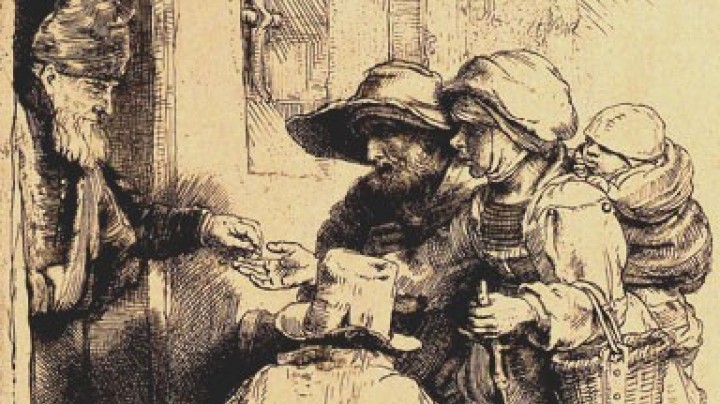Marrying into Burgundy: Maximilian I and Mary of Burgundy
Maximilian I initiated the Habsburgs’ legendary policy of dynastic marriage.
Fifteenth-century Burgundy was a European great power with territories extending over French-, Flemish-, and German-speaking areas in the Low Countries and along the present-day border between France and Germany. With the important trading centres of Ghent, Bruges, and Antwerp, Burgundy was one of the richest countries in Europe. One important symbol of its greatness was the Order of the Golden Fleece, which gave its holders special privileges and is still the particular order of the house of Habsburg.
As Duke Charles the Bold of Burgundy wished to acquire a royal crown for his land, he entered into negotiations concerning a marriage between his daughter Mary and Maximilian, son of Emperor Frederick III. Although these negotiations ran into problems on account of Charles’s demands, the ambitious duke left instructions shortly before his death that his daughter should be married to the Habsburg archduke in order that the Burgundian possessions should be preserved intact. When the eighteen-year-old Maximilian married Mary of Burgundy in 1477, the transfer of the rich Burgundian inheritance into Habsburg hands had in theory been completed. However, a long war was necessary in order to secure parts of this inheritance, as France saw the increase in Habsburg power as a threat. Like the conflict with the Ottomans, enmity with France was to be a determining factor in Habsburg policy for centuries to come. The realization of the Burgundian inheritance involved the Habsburgs in a war that lasted fifteen years and did not turn out particularly well for Maximilian. In 1488 he even suffered the humiliation of being taken prisoner for a number of months by subjects of his own, namely, the citizens of Bruges. Only through military intervention by his father Frederick III was he freed.
Maximilian told the story of the negotiations leading up the Burgundian marriage in his autobiographical work Weißkunig. After only a few years, in 1482, Mary died in a riding accident. Maximilian married again in 1493, his second wife being Bianca Maria Sforza, daughter of the Duke of Milan. She was of lower rank than his first wife, but brought Maximilian a rich dowry, of which he was in sore need on account of his wars and reforms.
















